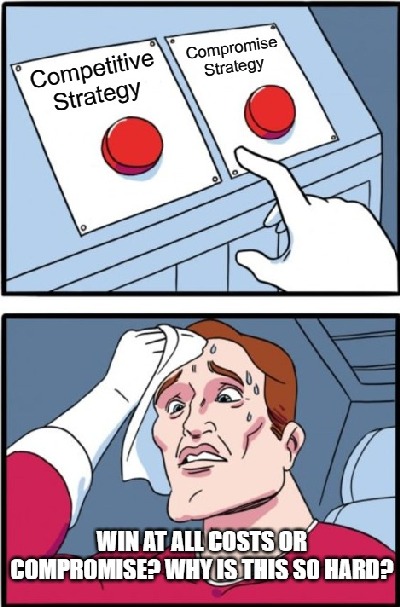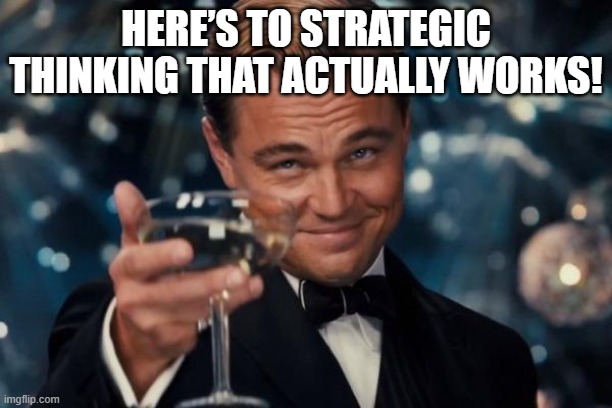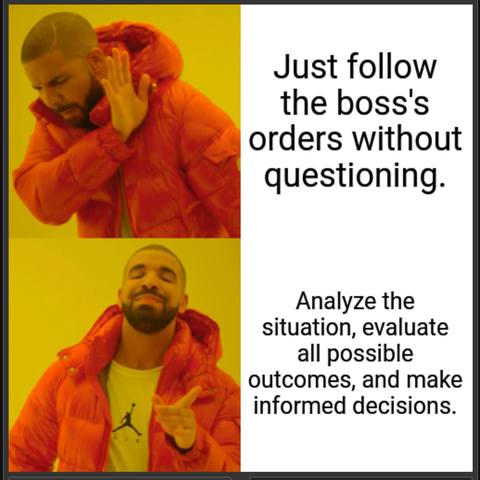Navigating through business conflicts effectively is an essential skill every entrepreneur and business professional must master. My experience in the field has taught me various methods to handle disputes, whether with competitors, clients, or partners. These strategies are not just theoretical; they are tried and tested methods that have helped me steer my business relationships in the right direction.
Read more about negotiation skills
1. Avoidance Strategy: The Art of Ignoring
The first strategy I often employ is avoidance. Simply pretending the conflict does not exist can sometimes work wonders. It’s like playing an invisible game where you ignore the issue hoping it will resolve itself or that the other party will tire out.
Pros: This method can be incredibly frustrating for your opponent, which might give you a psychological edge.
Cons: More often than not, the problem doesn’t disappear. Ignoring issues can lead to missed opportunities to resolve underlying problems, potentially damaging the business.
2. Adaptation Strategy: Peace at Any Cost
Adaptation involves sacrificing your interests for the sake of future peace and harmony. This strategy is about being the bigger person and putting the relationship above the conflict.
Pros: Peace is always better than ongoing conflict. It maintains the relationship and opens doors for future cooperation.
Cons: This approach can make you appear weak, inviting further challenges from others who might see this willingness to yield as a vulnerability.
3. Competitive Strategy: Standing Firm
Competition means standing your ground and letting the best argument win. This is about assertiveness and sometimes, sheer willpower.
Pros: It can lead to quick victories, securing your position and demonstrating strength.
Cons: This method risks significant losses if things don’t go your way and can lead to burned bridges or heightened tensions.
4. Compromise Strategy: The Middle Ground
Compromising involves giving something to get something. It’s about negotiation, where both parties make concessions until a mutual agreement is reached.
Pros: It ensures that an agreement is reached, and both parties leave with something of value.
Cons: Compromises can lead to situations where neither party is fully satisfied, affecting the long-term effectiveness of the solution.
5. Collaboration Strategy: Constructive Resolution
Finally, the most challenging yet rewarding strategy is collaboration. This involves finding a solution that satisfies all parties involved.
Pros: It results in everyone being happy and often strengthens relationships, turning competitors into collaborators.
Cons: It’s time-consuming, complicated, and requires significant effort and preparation. Successful outcomes are rare because they demand high levels of diplomacy and skill.



